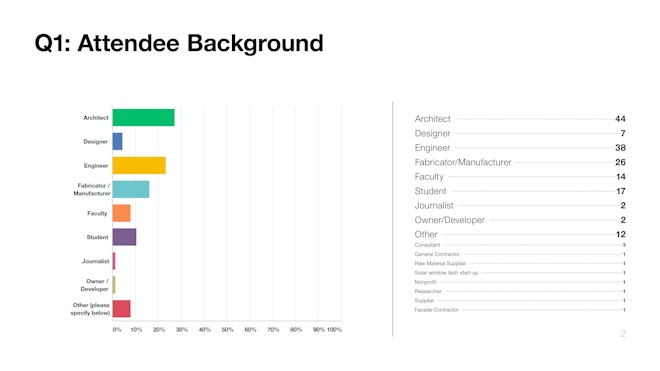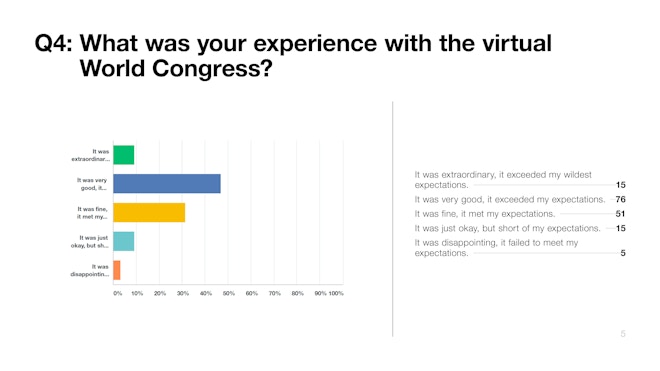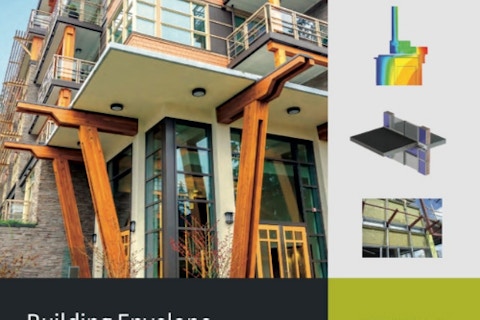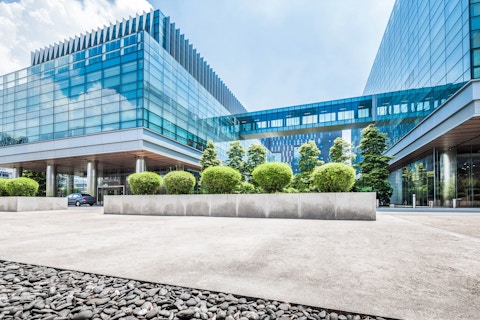Complete survey results are available to FTI members on request.
Survey Response: Attendees Rate the World Congress
After harassing many of you into responding, I promised to report on the survey results for the August World Congress. Great thanks to the 162 responses that we received, representing over 30% of registered attendees, enough to thrill most survey providers; responses to this type of survey typically run from 10-30%, so we are at the high end of the range. We’ve had higher response rates in the past of near 50%. My goal was 200 responses and I’d been promised a pie in the face if we hit it, so you all missed an opportunity! Overall, the responses were very favorable, not as wildly enthusiastic as with our in-person events, but still quite good, especially considering this was our first venture with a virtual event.
Demographics
The demographic was a decent mix, a central objective for the Institute. The design community—architects, engineers and consultants—still dominates at 55%. Fabricators and manufacturers 16%, down somewhat from previous events, representing perhaps a lack of enthusiasm in this demographic for virtual events. Those that did attend were very active and highly visible and, I think, found value in the virtual platform. Students and faculty were a big surprise at 18%, a big jump up from past events, especially with students, who represented a majority of the 18%. We made a strategic effort in 2019 to engage students and that appears to have gained traction. We remain light on developers, at least those willing to respond to the survey, with just two responses. We continue to work on engaging the ownership and developer community.

Registration Fee
Over 62% approved of the registration fee with 13% feeling the fee was too high. Comments here expressed the opinion that virtual events should be more deeply discounted. In fact, there has been an industry-wide pattern of deeply discounting virtual events with many being conducted free of charge, clearly not a sustainable model if the pandemic persists. Two things here: the primary value provided by FTI events is in the content, and the content for the World Congress was widely acknowledged as uncompromised from previous events; secondly, we are a mission-driven organization, that mission centering on research, education and knowledge-sharing, and forwarding the mission requires funding. Your registration fees are a contribution to the non-profit Institute and its mission. There should be value in that for you as a contributor!
Meeting Expectations
Our goal is to exceed expectations. Eighty-six percent of attendees felt that the World Congress met or exceeded expectations, with 56% in the “exceeded expectations” camp. Now, that’s pretty remarkable by anyone’s standards. True, it is, in fact, lower than our past in-person Congresses, but for our first time out in a new post-Covid world? I think we can feel pretty good about this!

Amplifying International Reach
One surprising finding was that this was the first FTI event attended by 46% of registrants. In analyzing the registration data, I realized that many of the usual suspects that attend our events were absent, for whatever reason (maybe not excited about a virtual event?), but that the event reach extended to new areas of engagement, particularly internationally. The virtual event significantly amplified our international reach. This is a big deal and something that we plan to capitalize on into the future. We were conceived as an international entity but have remained stubbornly North American centric in our early years. This was the very first virtual event attended by 71% of you. You gave the virtual conference platform we used a 4-star rating (3.84 out of 5). We intend to explore alternative platforms but felt that the Pathable platform was reasonably good and worthy of the 4-star rating.
The future looks promising! Over 90% of attendees responded that they would attend future FTI in-person events, but that dropped to 74% for virtual events, evidencing a clear preference for the in-person events we hope to be able to reinitiate soon. Comments expressed “feeling zoomed-out these days,” zoom fatigue being a common theme. In-person events are preferred over virtual events by 71% to 17%. Nonetheless, even with the return of business-as-usual, I predict virtual events are here to stay.
Your Experiences and Comments
Ninety-four percent of you would recommend a future FTI event to a colleague, thank you very much! I think we’ve hit 98-99% on our past in-person events, but no reasonable event organizer would complain about this response. So, we are counting on you to do just that; make that recommendation and, while you are at it, encourage membership and lean-in to the various initiatives we are pursuing.
Another rather spectacular survey result is that 84% of you left the Congress with new knowledge to apply to your practice. This is an important metric, one that we monitor closely and strive to maintain the highest possible result.
There were over 80 individual and many thoughtful responses to topics you would like to see covered in future FTI events. The topics suggested were remarkably broad in scope, ranging from adaptive facades to “more of the same,” and from policy to practice. We will be mining these comments for future event planning.
The virtual platform provides some options not available with an in-person event. We elected to spread the sessions out to a series of Wednesdays over a succession of four weeks in August. Most attendees expressed a preference for spreading the event out over the month as opposed to concentrating the sessions into two consecutive days, but the opinions were split here with 55% favoring the spread and 28% preferring a more concentrated program. But many comments suggested that a month was just too long and would prefer to have the event spread over a week or two, a very reasonable proposition and one that we will certainly consider.

Paper Sessions
The heart of the Congress is the sessions where the papers that have been qualified through a double-blind peer review process—some 115 of them this time—are presented by the authors. The papers were grouped by topic, typically three to a session. The authors each did a 10-minute presentation and the remainder of the time was spent in moderated Q&A. The virtual platform provided some advantages, e.g., it was very easy for us to record the sessions by the push of a button, foregoing the costly expense of a video crew. The program was dense and it was impossible for anyone to view all of the content, but because of the recording capability we intend to keep the conference platform open through at least the end of the year, giving registered attendees the ability to stream any of the sessions at their convenience.
…very interesting topics, and I am looking forward to spending more time [with] the conference materials to see more of the things I missed during the actual event”
But there were disadvantages, too. Fielding questions from the attendees was cumbersome, with the questions coming in through a chat function and picked up by the moderator. The dynamic spontaneity of live audience participation was short-circuited. Some authors commented at the strangeness of the presentation experience because of the lack of connection with the audience.
As a speaker I was unnerved by what seemed to be the total lack of audience presence.”
Surprisingly, roughly 25% of survey respondents reported not attending any of the paper sessions. About the same percentage claimed to have attended many, with the remaining 50% attending some of the sessions. Thirty-seven percent of those attending gave the sessions a 5-star excellent rating and another 46% awarding 4 stars. These are high marks by most standards, but again, not as high as usually reported at our in-person events. The rating question drew 67 comments, which ran the gamut from high praise to washout. But there is some useful input in there that we can use to improve our future events.
Virtual Networking
As anticipated, the network sessions were something of a bust on the virtual platform, with only 37% of survey respondents even attending, with only 30% of these feeling they were effective. The poster session and the vExpo were similarly burdened. This is really a problem for event sponsors, who struggle to find value in virtual events. Virtually every industry in every sector globally is contending with this problem. If we are back to in-person events sometime soon next year, the issue is resolved. Otherwise, we need to be prepared to solve this problem by finding ways to better engage in more compelling ways in virtual space. We have some ideas, some things we will definitely experiment with next time, but it may be that there are inherent limitations in this medium that will be very challenging to overcome. There are many working on this problem and there is some hope that technology may provide answers. We shall see.
Again, we want to thank the survey respondents; you have provided us with a valuable asset, a goldmine of rich veins of nuggets in the form of numerous comments that we will dig through looking for ideas on how to improve our future events.

Mic Patterson, PhD, LEED AP+
Ambassador of Innovation & Collaboration
Facade Tectonics Institute
Looking for something specific?
Search our extensive library.
FTI’s SKINS email is the central source for the latest in building skin trends and research.
All emails include an unsubscribe link. You may opt out at any time. See our privacy policy.














